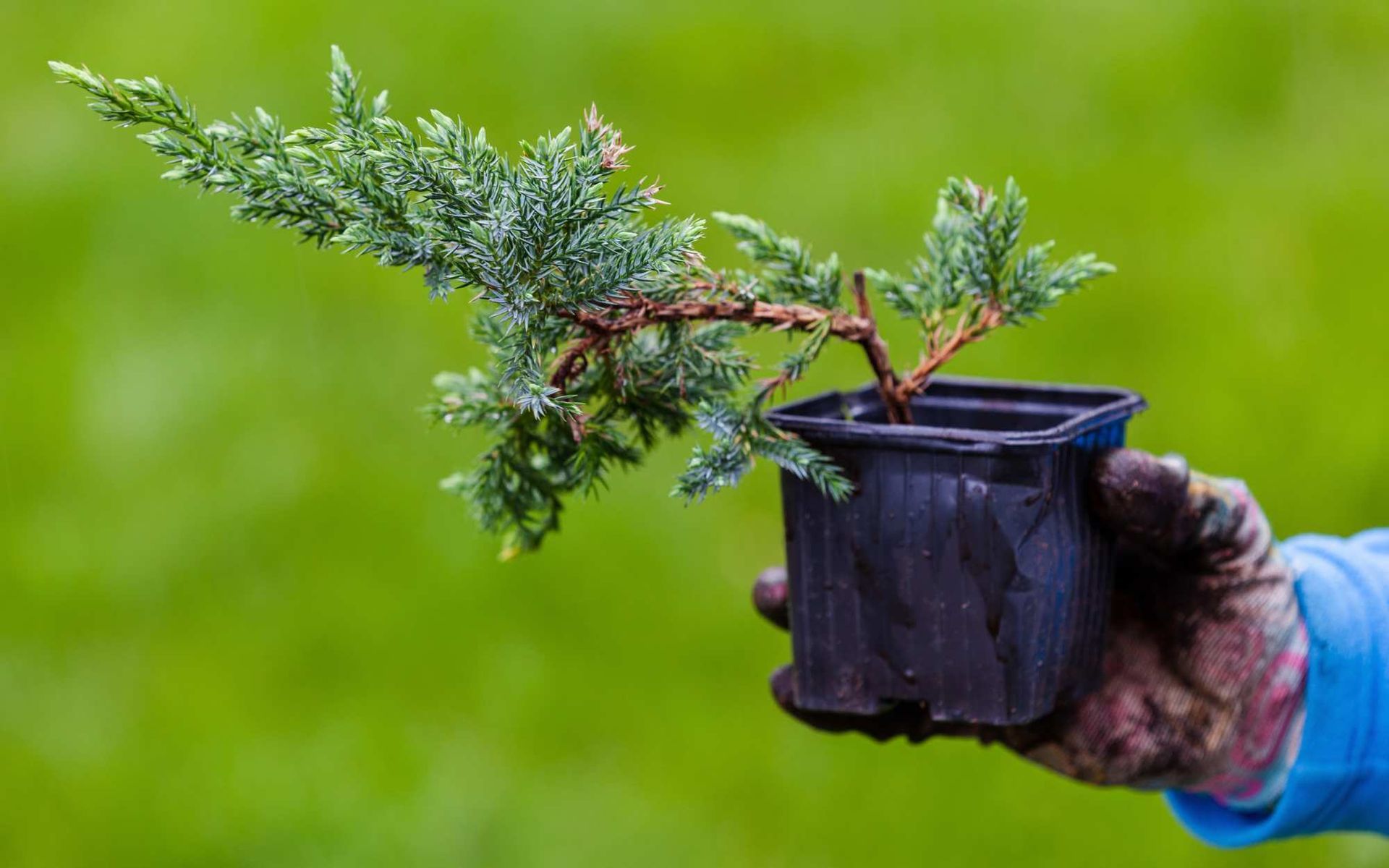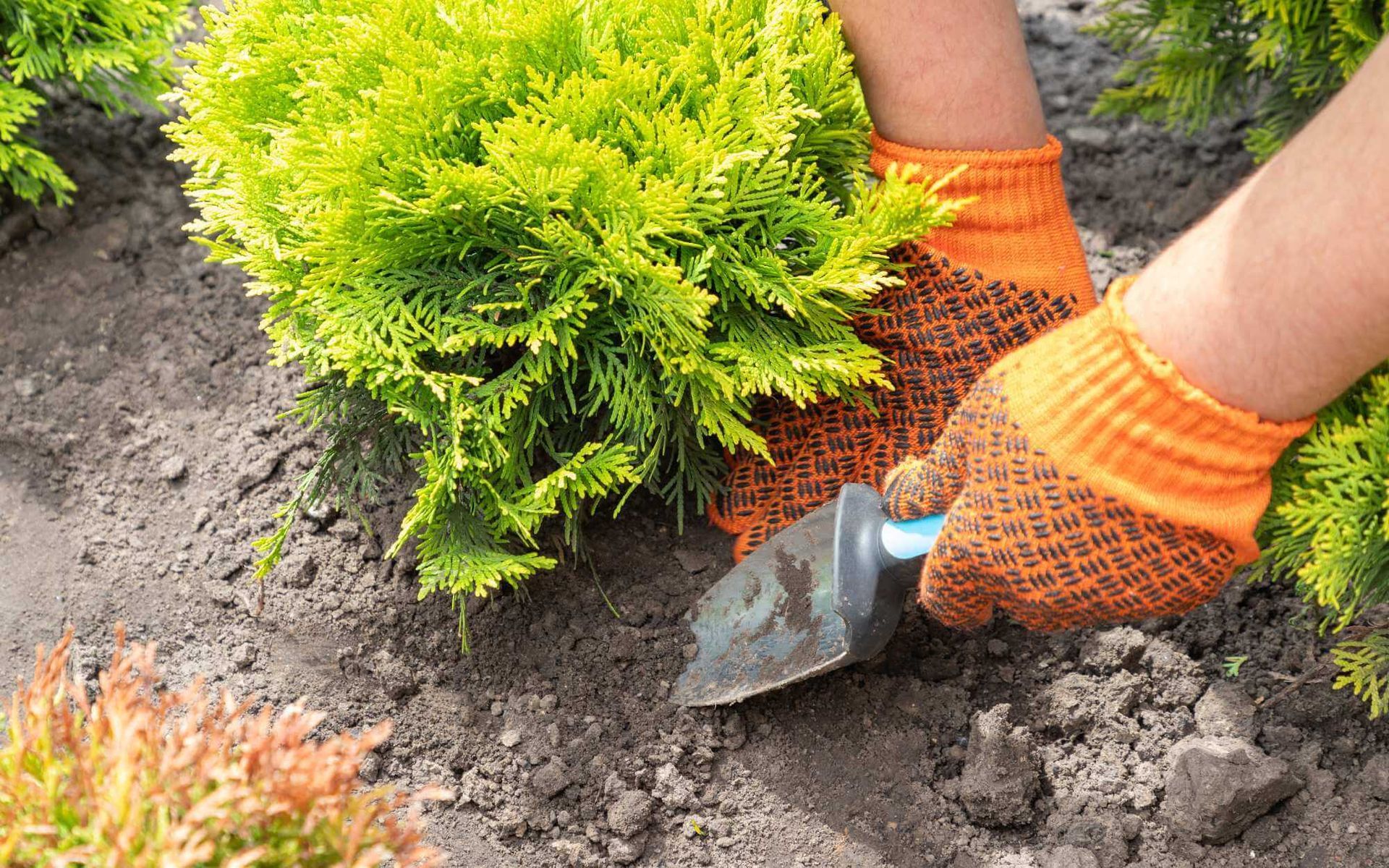Real Tree Team
Arborist, Tree Service and Tree Removal Services
License #: FL-10250A
CALL FOR A FREE QUOTE!
Transplanting Trees and Shrubs: Techniques for Landscaping
PUBLISHED ON
SHARE THIS ARTICLE

Transplanting trees and shrubs is more than just a gardening chore; it's a critical aspect of landscaping that ensures the vitality and aesthetic harmony of your green space.
Whether you're redesigning your outdoor sanctuary or introducing new life to an area, the art of successfully moving these silent sentinels can enhance your landscape's functionality and beauty, ensuring that each plant thrives in its ideal environment.
Today, we'll explore the world of transplanting and discover how this landscaping technique can transform your garden into a flourishing and dynamic ecosystem.
Transplanting for Enhanced Landscaping
Mastering the art of transplanting can elevate your landscape both visually and ecologically.
Enhanced Aesthetics and Visual Appeal
\Transplanting allows for strategic placement, optimizing the visual structure of a garden. It brings a cohesive aesthetic by arranging flora that complements shapes, colors, and sizes.
Improved Plant Health and Growth
By relocating plants to more favorable conditions, transplanting can lead to healthier, more vigorous growth. It ensures ideal sunlight exposure, soil type, and moisture levels each species requires to flourish.
Adaptation to New Environments
Transplanting can also acclimate plants to new areas, increasing their resilience. This gradual adjustment process helps plants overcome transplant shock and adapt to the soil, light, and weather of their new locale.
Techniques for Successful Transplanting

Discover and follow the methods behind successful transplanting and ensure your plants thrive in their new homes.
Planning and Preparation
Choosing the optimal time and season is crucial for successful transplanting, with early spring or fall often being the best times as plants are either dormant or entering dormancy, minimizing stress.
Assessing soil and site conditions is equally important; soil should be tested for pH levels, texture, and drainage to match plant preferences.
The choice of plants for transplanting should consider species that can withstand physical disturbance and have a robust root system capable of re-establishing quickly in the new location to ensure a smooth transition and future growth.
Digging and Transplanting Process
Digging a trench for trees and shrubs begins with a cautious approach to protect root systems; a sharp spade should be used to slice a circle around the plant, well beyond the root zone, ensuring minimal root damage.
Delicately lift the plant, preserving as much of the root ball (wrapped in a burlap) as possible, then wrap it to prevent drying.
When planting trees, make sure the hole is twice as wide and the same depth as the root ball, allowing roots to spread easily.
Position the plant at the proper height, refill the hole with native soil, water deeply, and mulch to conserve moisture and regulate topsoil temperature.
Post-Transplant Care
Watering newly transplanted trees and shrubs is crucial; gradually soak the soil to a depth of several inches. This irrigation should be consistent, promoting deep root growth without oversaturating.
Mulch serves as a protective blanket, retaining moisture and regulating soil temperature, but must be applied with care, avoiding direct contact with plant stems to prevent rot.
Continue to monitor growth and health, adjusting care as needed. Staking for stability might be necessary, along with gentle pruning of damaged branches.
Always be vigilant for signs of stress or disease, intervening promptly to keep your transplanted landscape elements thriving.
Addressing Common Transplantation Challenges
Moving trees or shrubs is delicate; overcoming common hurdles is key to ensuring successful re-establishment.
Dealing with Transplant Shock
Transplant shock can manifest as wilting, leaf loss, or stunted growth. To mitigate its effects, steadily water and shade the plant temporarily while avoiding fertilizer application until signs of new growth appear.
Addressing Root Damage
Minimize root damage by properly preparing the root ball before moving. If damage occurs, cleanly cut away injured roots, maintain moist conditions, and provide gentle care as the plant recovers and reestablishes its root system.
Handling Potential Pests and Diseases
Inspect transplants regularly for pest infestations and signs of disease. Address problems early with appropriate treatments such as organic pesticides or fungicides, and maintain robust cultivation practices to bolster the plant's natural defenses.
Tree Relocation for Stunning Landscapes
Transplanting trees and shrubs is integral to crafting your dream landscape, enhancing both beauty and plant health. Perfect your garden by choosing the best species and timing, and employing careful digging to protect roots. Despite the task's precision, don't be daunted; with thorough planning, you can invigorate your space.
For those intricate tree relocations, consider consulting with landscaping experts to guarantee success. Their expertise can turn your vision into reality, fostering a thriving garden that will be the envy of the neighborhood.
Want a free quote or some friendly advice? Call our team today:
More Posts From The Real Tree Blog:
ISA Certified Arborists. Licensed, Insured and Bonded.
Providing the Highest Quality Tree Services to South Florida since 1993.
FOLLOW US ON :
Contact Details
BROWARD & PALM BEACH COUNTIES
Site Links

LGBTQ+ Friendly

ISA Certified Arborist®
FL-10250A
| Real Tree Trimming & Landscaping, Inc




